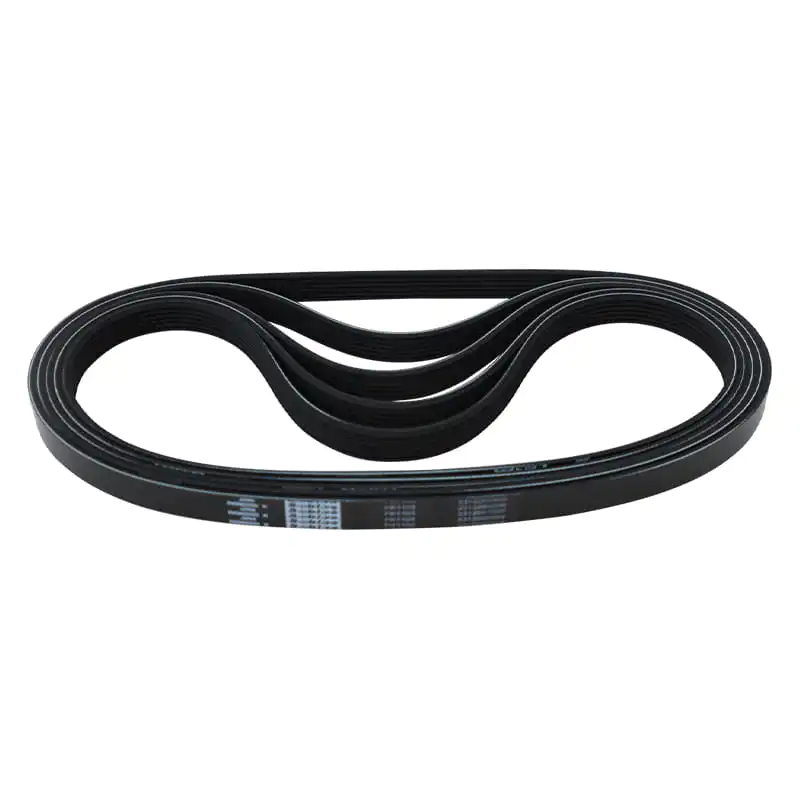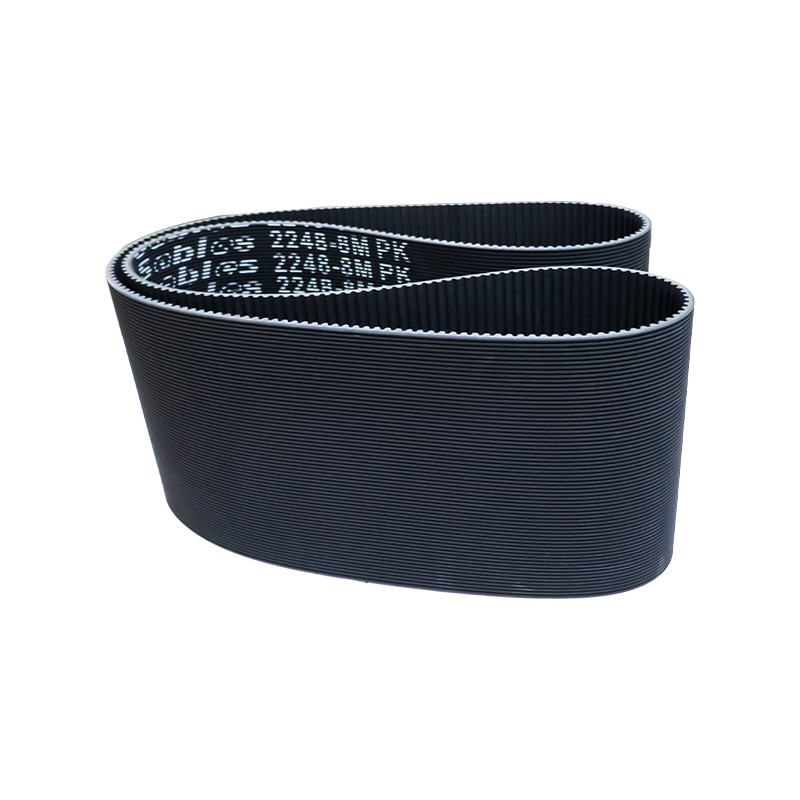Content
What are the performance advantages of PU Timing Belts’ material and structure?
The core advantages of PU Timing Belts are derived from its unique material composition and structural design. In terms of material, thermoplastic polyurethane (TPU) is the main body. The carbamate groups in its molecular chain impart good elasticity and hydrolysis resistance to the material, and can adapt to humid environments (such as cleaning processes in food processing). Structurally, steel wire or aramid fiber skeleton is embedded inside, which can significantly enhance the tensile strength (maximum load-bearing capacity up to 2000N/mm²), while suppressing deformation and ensuring dimensional stability (elongation ≤1.7%). Products produced through high-temperature vulcanization process (25-35 minutes of vulcanization in 180-200℃) can also solve the stratification problem of traditional processes, improve the stability in the temperature difference environment, and the applicable temperature range can cover -30℃~80℃.
What are the core requirements for synchronization belts in high-speed conveying scenarios?
High-speed conveying systems (such as logistics sorting, food packaging) have strict requirements on the performance of synchronization belts, and PU timing belts can just meet these needs. First of all, it has high positioning accuracy, and its positioning error can be controlled at ±0.05mm, which can ensure the accurate transfer and sorting of materials during the conveying process and avoid misalignment. The second is low-noise operation, with operating noise ≤68dB, which can meet the noise environmental protection requirements of the workshop, and is especially suitable for medical device production scenarios that are sensitive to environmental noise. Finally, it is wear resistance and maintenance-free. The PU material has strong wear resistance (≥90mm³, rubber wheel test method), and does not require frequent lubrication, which reduces maintenance downtime, and can adapt to friction losses at high-speed operation (maximum linear speed can reach 80m/s).
Which industry scenarios best reflect their application value?
The performance characteristics of PU timing belts make it indispensable in high-speed conveying systems in multiple industries. In the field of food processing, its hydrolysis resistance and easy cleaning characteristics are suitable for cleaning processes and meet food contact safety standards; in medical automation equipment, high-precision positioning capabilities can meet the precision transmission needs of drug sorting and device assembly. The high-speed sorting system in the logistics industry relies on its high linear speed of 80m/s to achieve efficient packaging sorting and transportation; heavy-duty industrial robots use the high torque bearing capacity of the aramid skeleton to complete accurate material handling. In addition, in the high-speed assembly line for electronic components, its dimensional stability and low dust characteristics can avoid quality problems caused by transmission deviations or impurity contamination of components.














